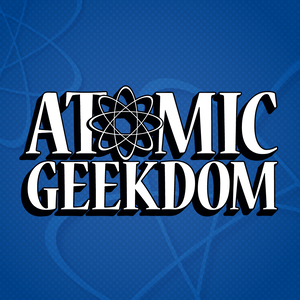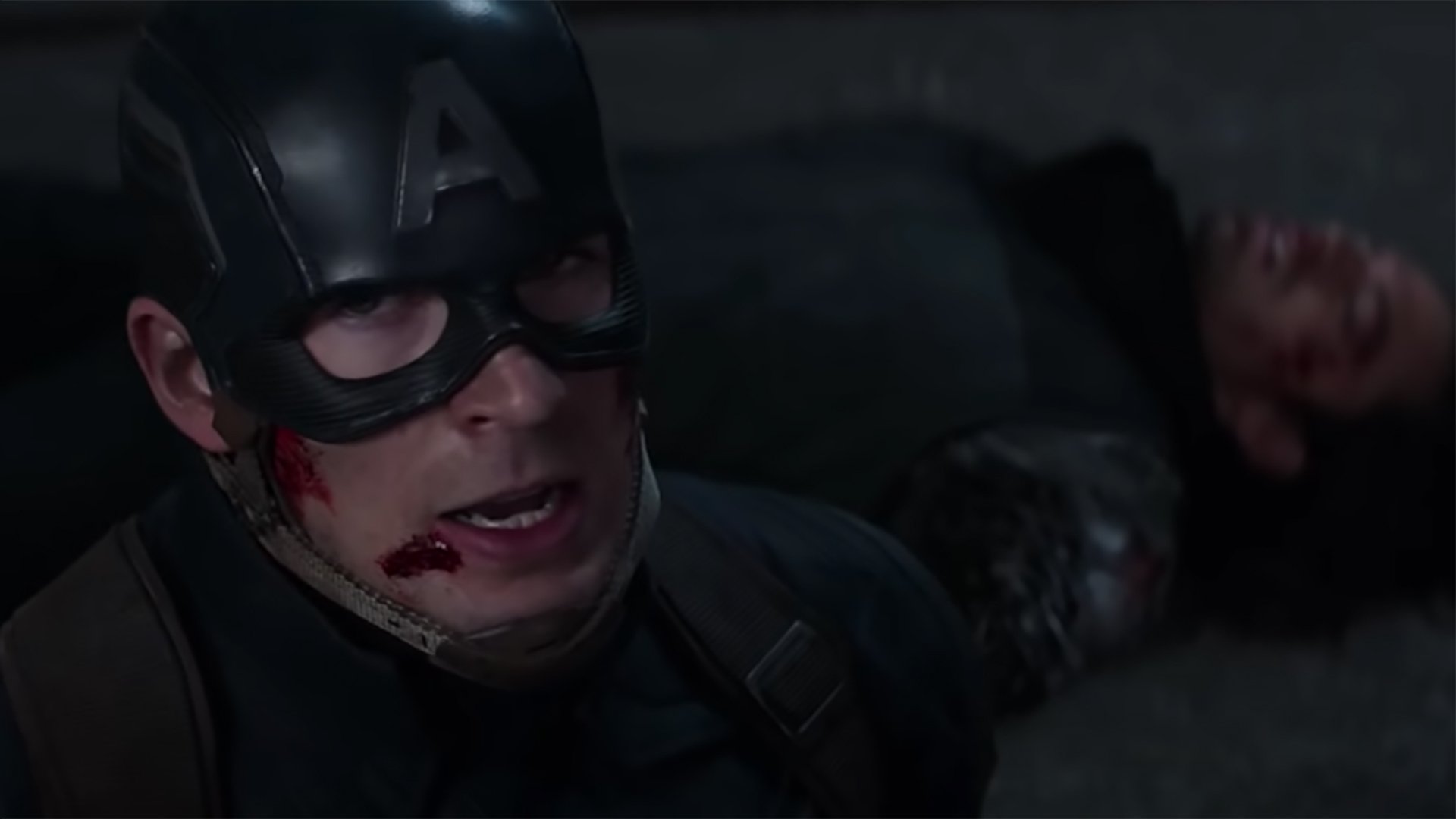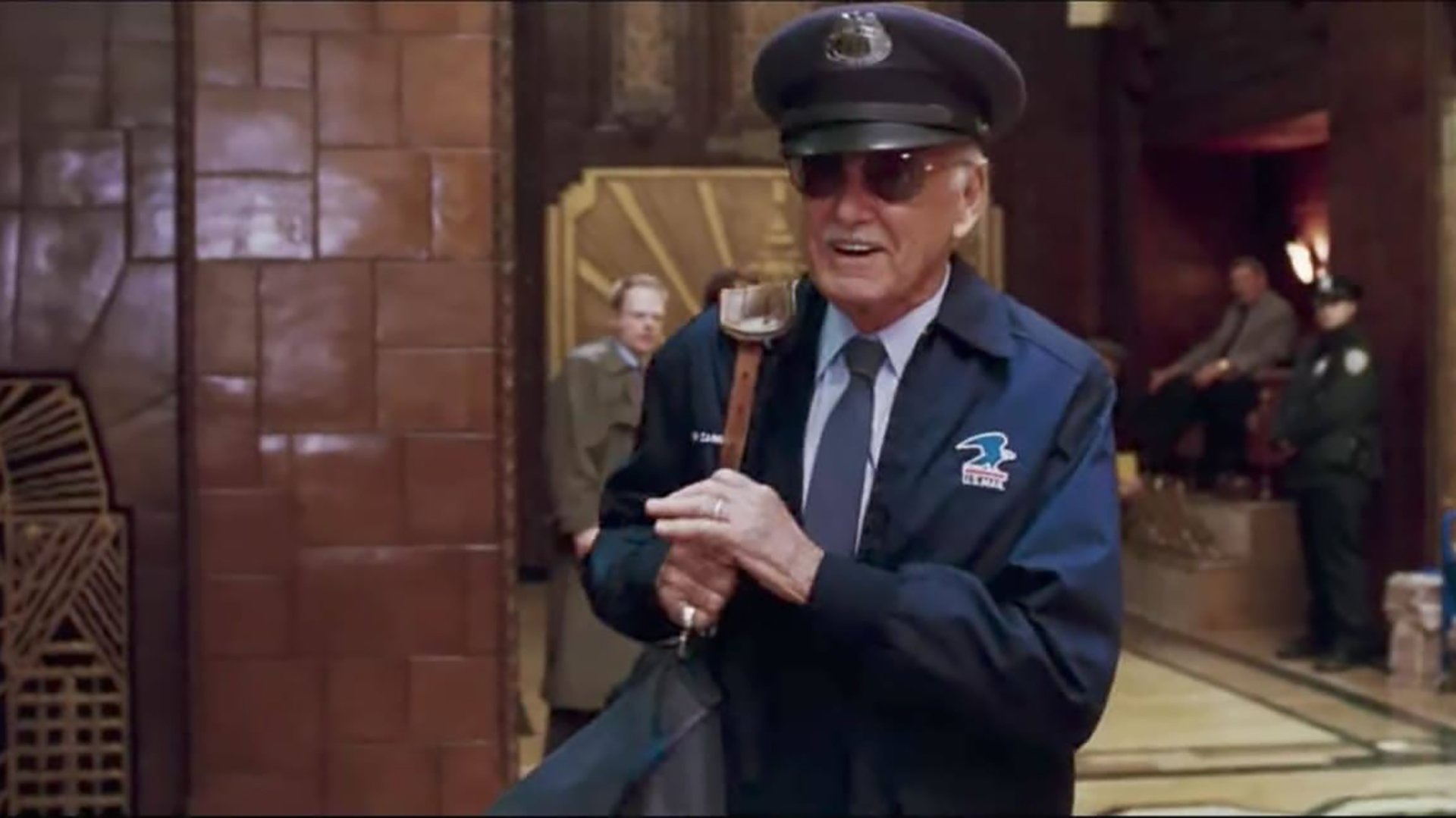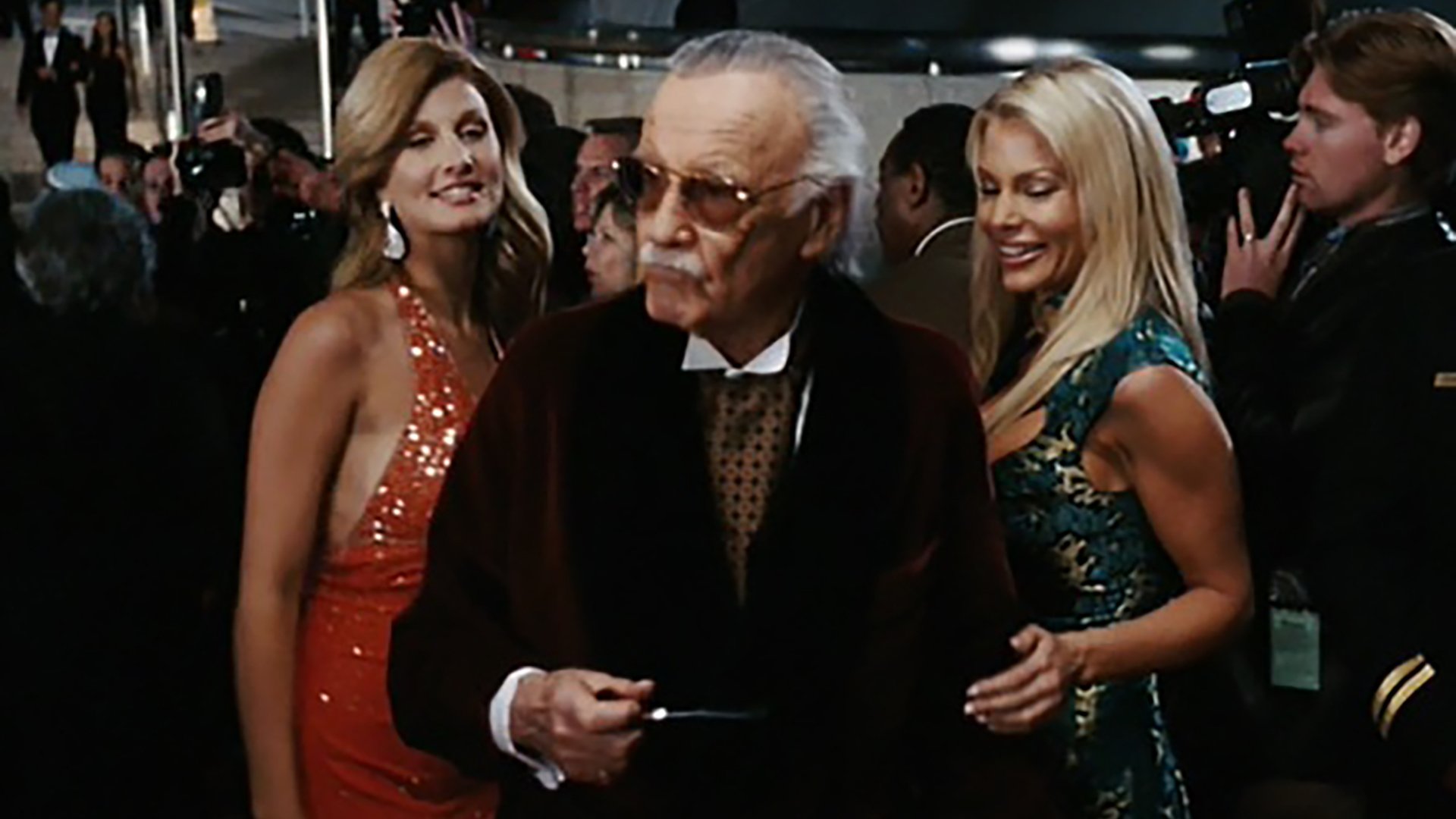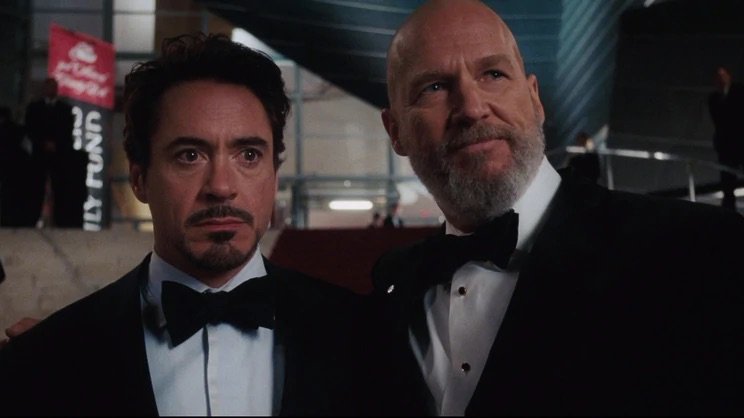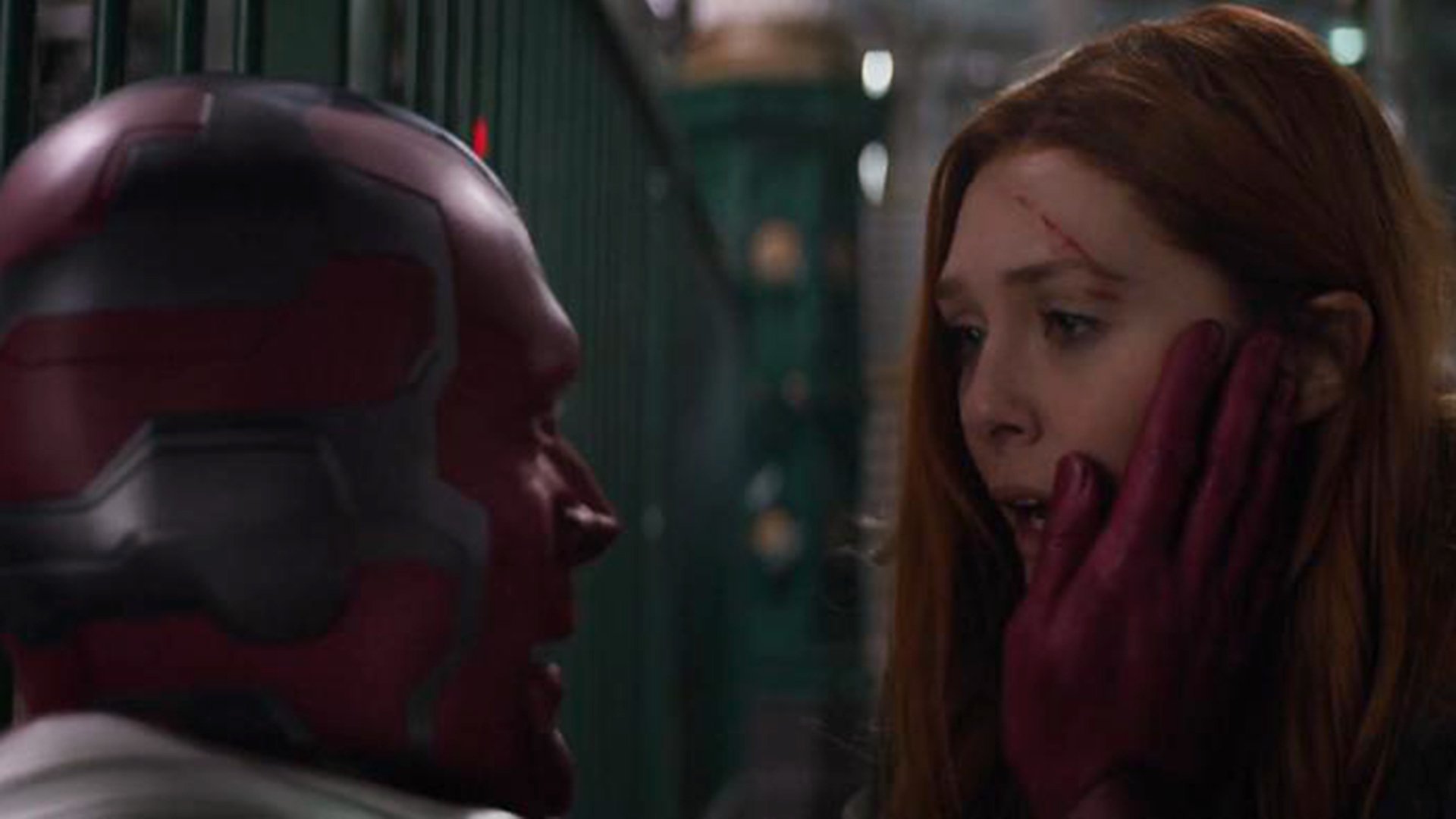By Brandon T. McClure (@btmcclure @fakenerdpodcast)
The MCU, specifically the Infinity Saga (2008-2019) has meant a great deal to me, as I am sure it has for many people. What first started as a book pitch is now a series of essays of mine that will be (hopefully) published every week. The goal is to pick a specific moment within The Infinity Saga and share with you why I believe it’s a defining moment. To revisit previous posts, visit our site HERE.
Enjoy the ride as we count down from 50 of the most defining moments and share your thoughts in the comments.
• Iron Man’s PTSD •
MOMENT# 27
MOVIE: Iron Man 3
DIRECTORS: Shane Black
WRITERS: Drew Pearce & Shane Black
Tony Stark/Iron Man (Robert Downey Jr.) in Iron Man 3.
Marvel is often considered a comic book company with more relatable superheroes. Readers point to Spider-Man’s struggles or Iron Man’s alcoholism as examples of this. The heroes of the Marvel universe would often go through similar personal struggles that the readers would. This allows readers to relate to the characters in a way that they felt they couldn’t with characters like Superman or Green Lantern. Translating this to the MCU was instrumental in the long-running success of the franchise. In the third Iron Man film, Tony Stark is reeling from the events of The Avengers and can’t find a way to move past his near-death experience. In short, he had PTSD.
Iron Man 3 is a curious anomaly in the MCU. While Marvel had already been sold to Disney by the time of The Avengers, Iron Man 3 was still produced by Paramount Pictures. Shane Black stepped in to direct this film when Jon Favreau declined to return. It was the first of the solo franchises to finish their trilogy, which left the future of Iron Man in question until Avengers: Age of Ultron. The hype coming off of The Avengers also propelled this film to $1 billion. Finally, while it’s seen somewhat of a reevaluation over the years, it’s still not remembered all that fondly by the larger fandom. All this is to say that the history surrounding Iron Man 3 is kind of weird. Seriously, it’s the only film in the Infinity Saga that had a separate cut screened for Chinese audiences (But that’s a whole other thing).
In Iron Man 3, Tony is having trouble moving on from the Battle of New York. During the battle, Tony took a nuclear bomb through the portal and nearly didn’t make it back. Now that things have gone back to normal, he’s having trouble going back to his life. “You experience things and then they’re over and you still can’t explain them,” he says to Pepper after she confronts him. While this is happening, a series of bombings are taking place around the United States that are being linked to a terrorist known as The Mandarin. Tony takes it upon himself to uncover The Mandarin’s true plans but he’s having a difficult time due to his undiagnosed Post Traumatic Stress Disorder.
Tony Stark (Robert Downey Jr.) in Iron Man 3.
PTSD is largely considered to be a disorder that only develops in soldiers that have seen combat. But it’s far more common than that. PTSD can develop in any person who’s been exposed to a traumatic event. Sexual assault, car crashes, domestic violence, or emotional abuse can all result in PTSD or its symptoms. It stands to reason then that any man who suffers a near-death experience would develop this disorder. Tony experiences all the hallmark symptoms and doesn’t know how to handle them. During one severe anxiety attack, he denies it happened and runs away. He can’t sleep because his nightmares are plagued with the memories of the battle and the move that almost cost him his life. Of course, this is also a science fiction superhero movie, so the movie uses Tony’s suits as an allegory. He’s trying to make sure that he’s prepared for next time, rather than dealing with the issue he’s dealing with now.
These days, mental disorders like PTSD are taken more seriously than they used to be and this is actually where Iron Man 3 fails. Pepper and Rhodey don’t take Tony’s illness seriously. Pepper’s reactions are pretty common for partners of people who suffer from PTSD in fairness. She loves Tony but can’t understand why he’s changed. Rhodey’s reactions are a bit more questionable since he’ll sometimes make a joke at Starks expense. It’s only strange because Rhodey is a soldier, but this was indicative of the time. Things have gotten better over the years, but these misgivings don’t negate the importance of Iron Man 3 showing Tony with PTSD. Art has a profound effect on the world and can lead to a path of normalization for things that aren’t considered “normal” (for lack of a better word). Iron Man 3 proudly made it known that the battle didn’t end for Stark when the Avengers went for Shawarama, it continued into his everyday life.
Tony Start/Iron Man (Robert Downey Jr.) in Iron Man 3.
Throughout the movie, Tony learns to open up about his problems which aren’t easy. Luckily the trials that Tony is put through in the movie, send him on a clear path of healing and he’s able to learn to cope and live with the disorder (although it does lead to him making Ultron…). By destroying all his new Iron Man suits, Tony symbolically learns that he doesn’t need them anymore and that there is a clearer and safer path to healing. Something that every person who suffers from PTSD would like to learn. Through this hero, PTSD victims see that there is a light at the end of the tunnel.
Iron Man 3 is a far more important entry in the Infinity Saga than people are willing to give it credit for. Truthfully it’s time for the narrative around Iron Man 3 to change. It’s a well-shot, well-written film, with great action set pieces, and a story about a hero struggling with a disorder that millions struggle with. Marvel likes to say it’s home to the relatable hero, and Iron Man 3 delivered one of the most relatable stories that had ever been seen in a superhero film at that point. Because of this, Iron Man’s PTSD remains an important moment in the Infinity Saga.
